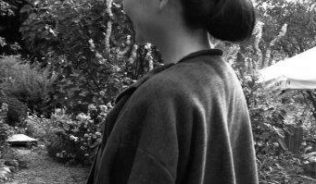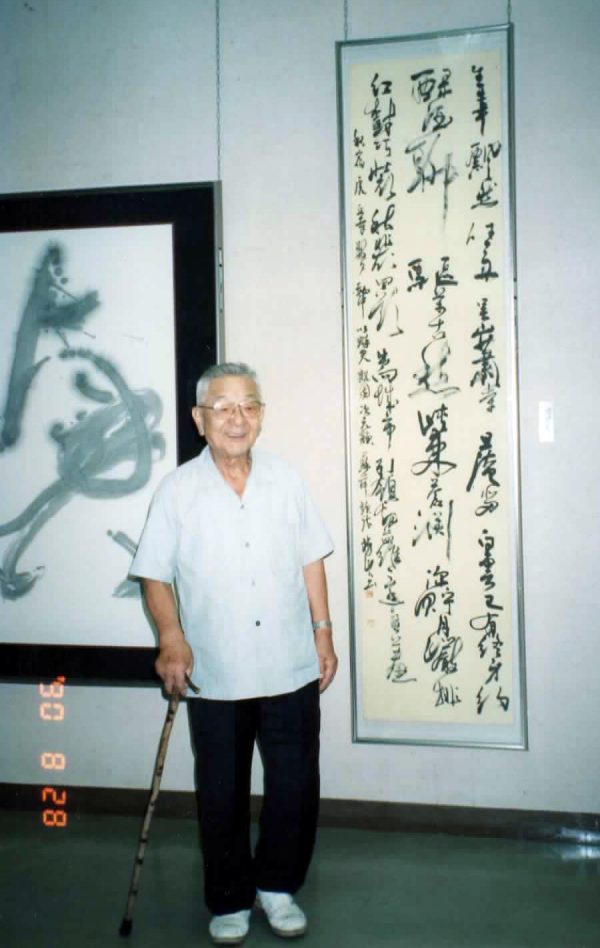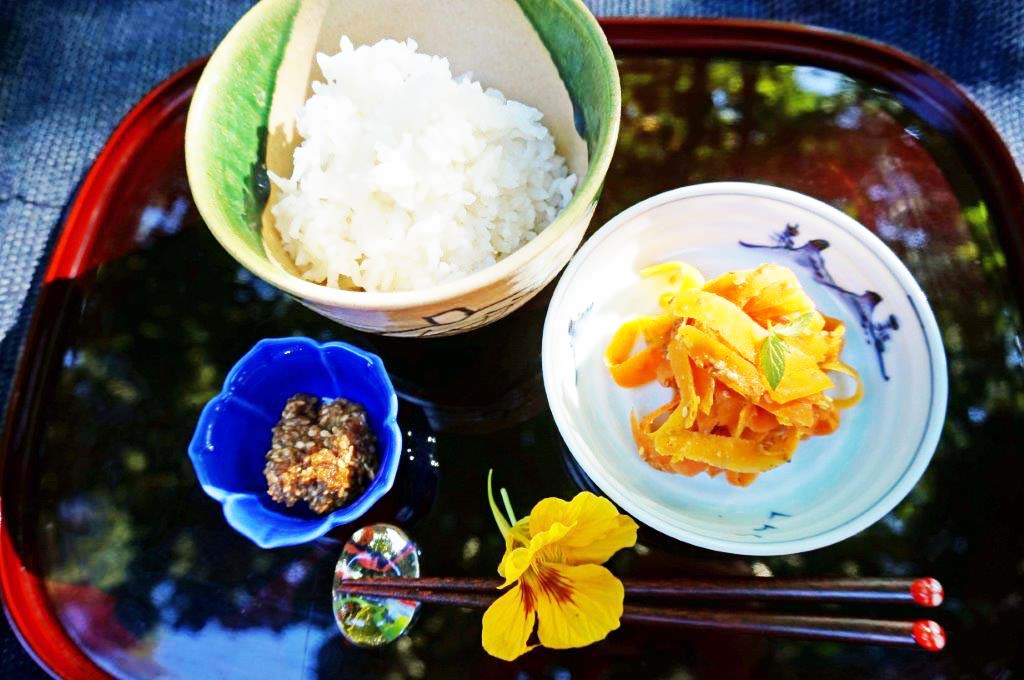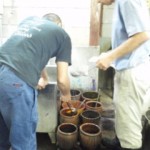One inspiration about Japanese kanji Characters
My grandfather was a haiku poet and a calligrapher. I understood the real beauty of his art only after he passed away….
Matthew Goulish made me realize poetical elements in Japanese kanji characters. Kanji characters are something that I just need to memorize to pass exams in my childhood; I never thought about them in the way Matthew did. He was my creative writing teacher in the MFA course. He wanted to learn about Japanese kanji characters so I showed him some. I will describe some of the kanjis Matthew inspired me.
Most Japanese kanjis are made from simple basic kanji characters that each has a meaning/meanings; those meanings of each character support the meaning of the combined kanji character. For example, a composed kanji character, “ocean (海)”, is made from two basic kanjis, “water” and “all over”. Matthew found some of the kanjis had intriguing combinations. “Head (頭)”, is a combination of “bean (豆)” and “page (頁)”. Matthew visualized a “head” as a book made of pages full of beans looked like letters. He also said that our head is like soil from which the beans would sprout and produce new ideas. “Quiet (静)”, which is made of “blue (青い)” and “fight (争う)”. Matthew laughed and said, “Our first impression of the English word “quiet” is calmness. But I found that quietness could arouse intense feelings, in which a couple of blue colors squish each other. “
I wish I could meet with him earlier; if I could have leaned kanji in the way Matthew did I wouldn’t have hated to study kanjis in my childhood.

I made a short sleeved jacket with a scarf
I made a short sleeved jacket with a hand-woven scarf. ♦ Below is the illustration of the red jacket (photo ...




Leave a Reply